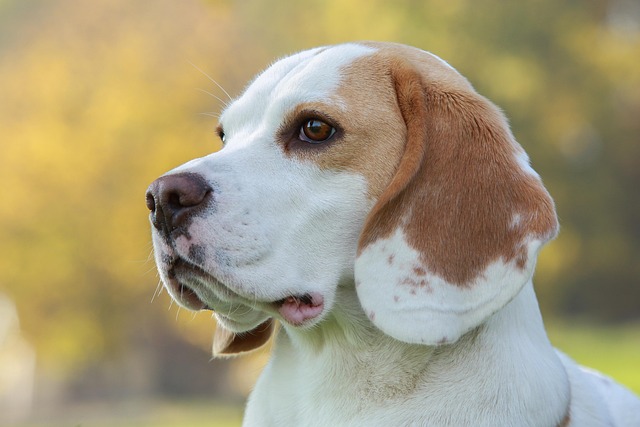
How to potty train a beagle?
Beagles are clever, curious, and blessed with a nose that can lead them astray faster than you can say “treat.” These traits make potty training a unique adventure—one that requires patience, consistency
Dogs rely on scent and routine to decide where to relieve themselves, but getting them to stick to a single spot can save you from endless carpet cleanups or awkward neighbor chats. Whether you’re training a puppy or retraining an adult dog, consistency beats frustration every time. Start by picking a spot that works for both of you—somewhere easily accessible, away from their food bowl (dogs dislike soiling near where they eat), and, if outdoors, compliant with local leash laws. Many cities in Germany, for example, require dogs to be leashed in public spaces, so your chosen spot should be reachable without straying into restricted areas.
Scent is your secret weapon. Dogs are drawn to familiar smells, so gently soak a paper towel with their urine (from a previous accident or a quick wipe after a walk) and place it in the target area. Commercial pheromone sprays designed to attract dogs to pee can help too, but test a small area first—some surfaces, like hardwood floors, might discolor. Avoid using ammonia-based cleaners nearby; they smell similar to urine to dogs and can confuse their sense of direction.
Timing matters more than you might think. Puppies need to pee within 15 minutes of eating, drinking, or napping, so head to the spot right after these events. Adult dogs thrive on routine too—take them there first thing in the morning, after playtime, and before bed. When they start sniffing or circling (classic signs they’re about to go), calmly guide them to the spot. Rushing or scolding will only make them anxious, which slows training down.
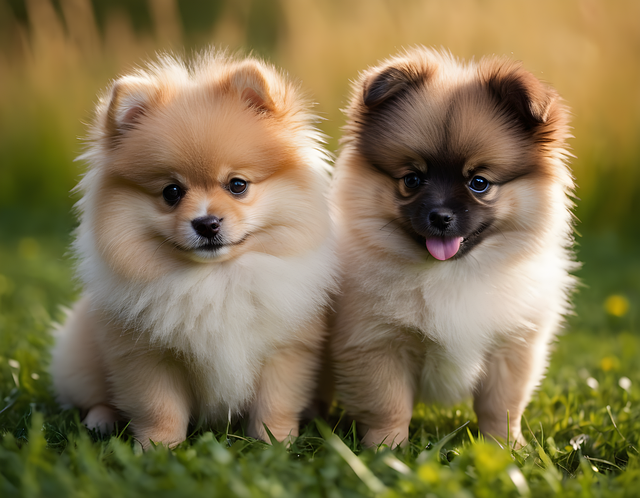 Positive reinforcement turns good behavior into habit. The second your dog pees in the right spot, shower them with praise—happy voices, a favorite treat, or a quick game of tug. This tells them exactly what you want, and dogs love earning rewards. In places like Colorado, where pet waste must be picked up immediately in public areas, keeping treats handy also reminds you to grab a bag—staying compliant while keeping your training on track.
Positive reinforcement turns good behavior into habit. The second your dog pees in the right spot, shower them with praise—happy voices, a favorite treat, or a quick game of tug. This tells them exactly what you want, and dogs love earning rewards. In places like Colorado, where pet waste must be picked up immediately in public areas, keeping treats handy also reminds you to grab a bag—staying compliant while keeping your training on track.
If accidents happen (and they will), clean them thoroughly with an enzymatic cleaner. These break down urine molecules, removing the scent that might draw your dog back. Avoid scolding after the fact—dogs won’t connect the punishment to the earlier accident, and it could make them nervous about peeing in front of you at all.
With time, most dogs catch on. Some might need a little extra encouragement—try feeding them a small meal near the spot to build positive associations, or using a raised pee pad for smaller breeds. The key is to stay patient, keep your routine steady, and celebrate every success. Before long, that chosen spot will become second nature, making walks smoother, your home cleaner, and your bond with your dog even stronger—all while keeping up with the rules that make your community a great place for pets.

Beagles are clever, curious, and blessed with a nose that can lead them astray faster than you can say “treat.” These traits make potty training a unique adventure—one that requires patience, consistency
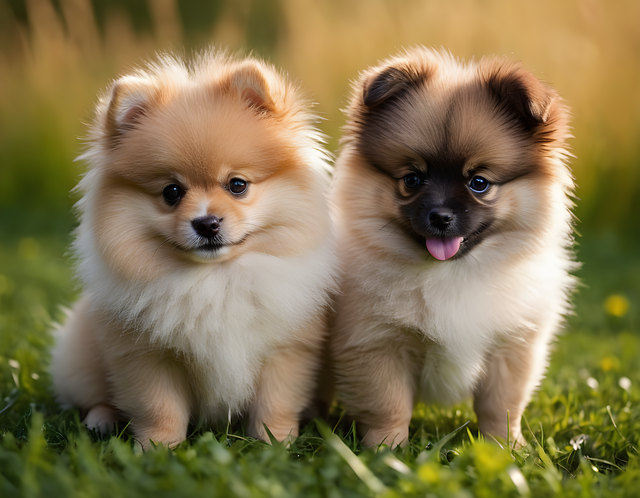
Dogs rely on scent and routine to decide where to relieve themselves, but getting them to stick to a single spot can save you from endless carpet cleanups or awkward neighbor chats.
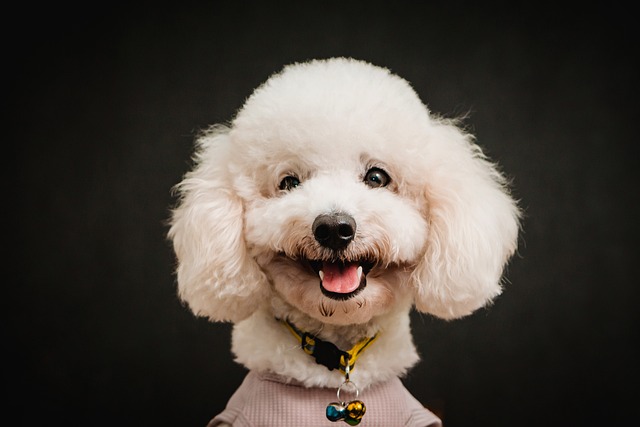
Potty training a teacup poodle isn’t a race, but most owners want a rough timeline. These tiny pups, weighing just 4-6 pounds when full grown, have unique challenges—their small bladders mean they can’t hold it as long as larger breeds.

You’ve just welcomed that adorable Golden Retriever puppy into your Brooklyn apartment, only to discover your hands now resemble Swiss cheese
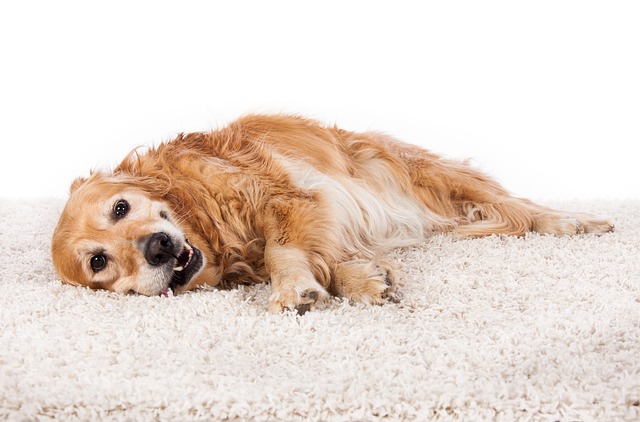
That heart-pounding moment when your rescue terrier snaps at the delivery driver’s ankle, or your puppy’s playful mouthing leaves scratches on your toddler’s hand – it’s terrifying.
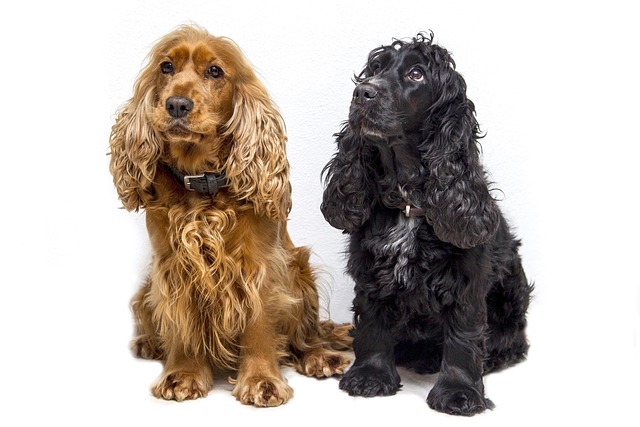
Cocker Spaniel’s wagging tail and eager eyes make them a joy to be around—but that same enthusiasm can turn into a problem when they dart after a passing cyclist or vanish into a bush.